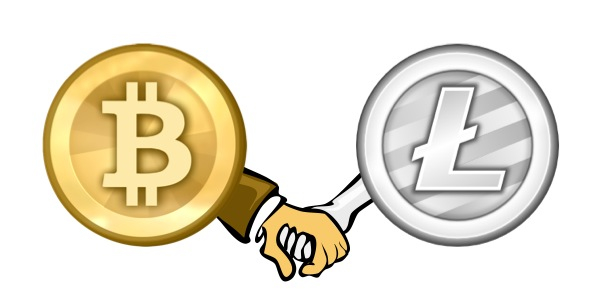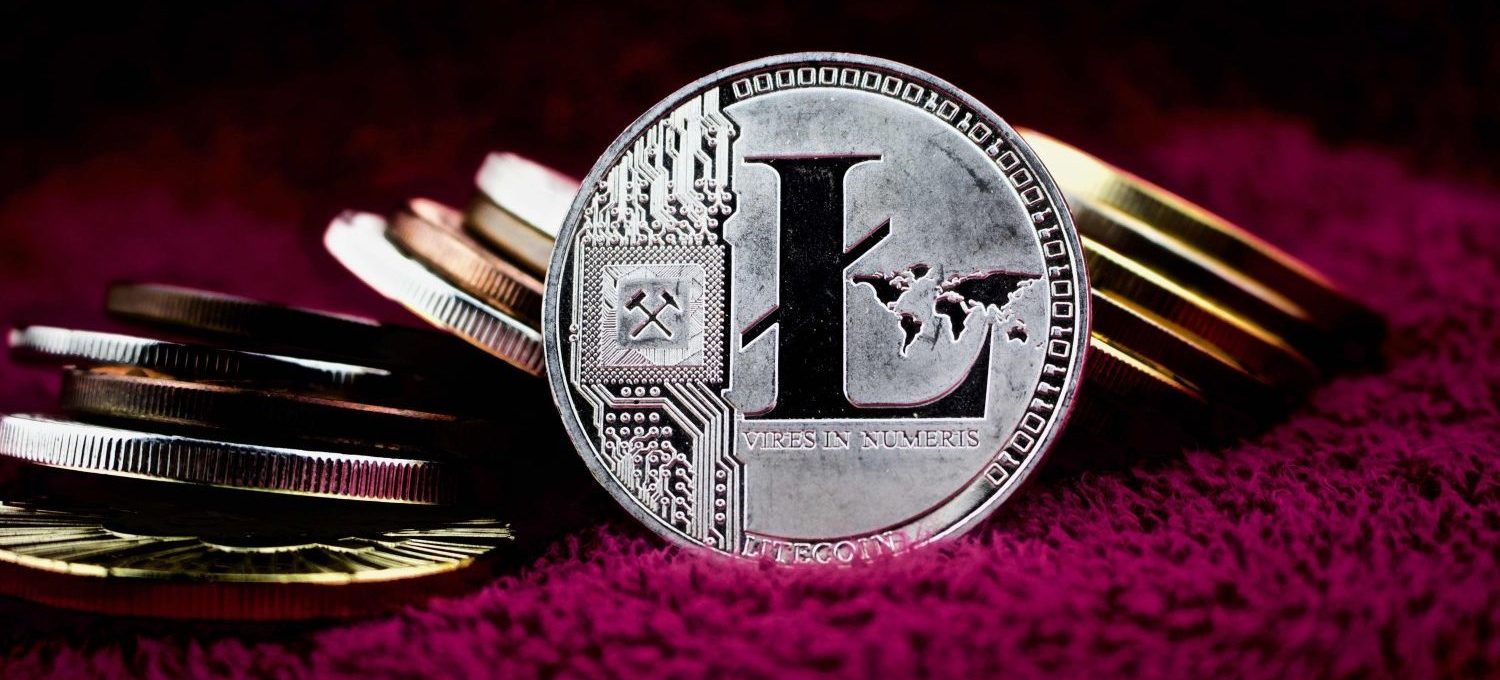Created in 2011 by former Google employee Charles Lee, Litecoin was conceived as an alternative to Bitcoin, with its high transaction fees and their duration, as a more technologically advanced, fast and inexpensive cryptocurrency to use.
According to analysts, Litecoin has played, and continues to play, the role of a pioneer in implementation the latest technologies among cryptocurrencies.

Litecoin is updating faster, responding to the challenges that the passage of time throws at cryptocurrencies. While Bitcoin is much slower to solve the problems of its ecosystem, hence the difficulties with delays in transactions, and the high cost of the commission, and other technological problems. The reason for this is that Litecoin has a dominant principle in the form of Charles Lee, who centrally determines the course of development of the cryptocurrency. Bitcoin does not have a single beginning of management, so the technologies needed to solve problems are activated belatedly.
However, according to one opinion, Lee, who, by the way, has the nickname "Satoshi Li", has no ambitions for primacy, but positions Litecoin as "digital silver", if Bitcoin is considered "digital gold".
Returning to Litecoin's leading technological role, it is appropriate to cite the example of the first activation of the SegWit system. Litecoin was also the first to activate the Lighting Network, a system that allows for a virtually unlimited number of transactions per second.
On September 21, 2017, the first Atomic swap Litecoin to Bitcoin took place - an exchange of cryptocurrency outside of any exchange, the system allows you to exchange currencies even if they are on different blockchains without an intermediary and commission fees. This is most likely means the path to some decentralized exchanges.

Because Litecoin is fork Bitcoin, and at the very beginning they were identical, then all the technologies launched, tested by Litecoin are suitable, and will be easier to implement, in Bitcoin. In a global sense, the first is a "tester" of technologies for its "parent".
It's the advanced technology, not just the speed and low cost of transactions, that gives Litecoin an edge over the rest. forks and other cryptocurrencies.
However, the requirements for its update are much higher than Bitcoin, because it is the one that represents cryptoeconomics, is trusted, popular, and when it solves its technological problems, Litecoin will be excluded as unnecessary. In addition, more and more new cryptocurrencies are being created lately, and who else can compete with in a technological sense and in what techno challenges Litecoin is yet to be answered.

In terms of investment, this cryptocurrency is growing faster than Bitcoin, but it has not gained the same popularity and has not received such widespread use. Litecoin is quite popular but there are few places that accept it for payment, few places where you can buy it, few business outlets use it in their activities. Since Bitcoin is a symbol of payment mechanisms cryptoeconomics, and is subject to news background, then Litecoin is more stable.
Experts recommend this cryptocurrency both from the point of view of investment attractiveness and from the point of view of transaction mechanics, that is, the transfer of values within cryptoeconomics.













